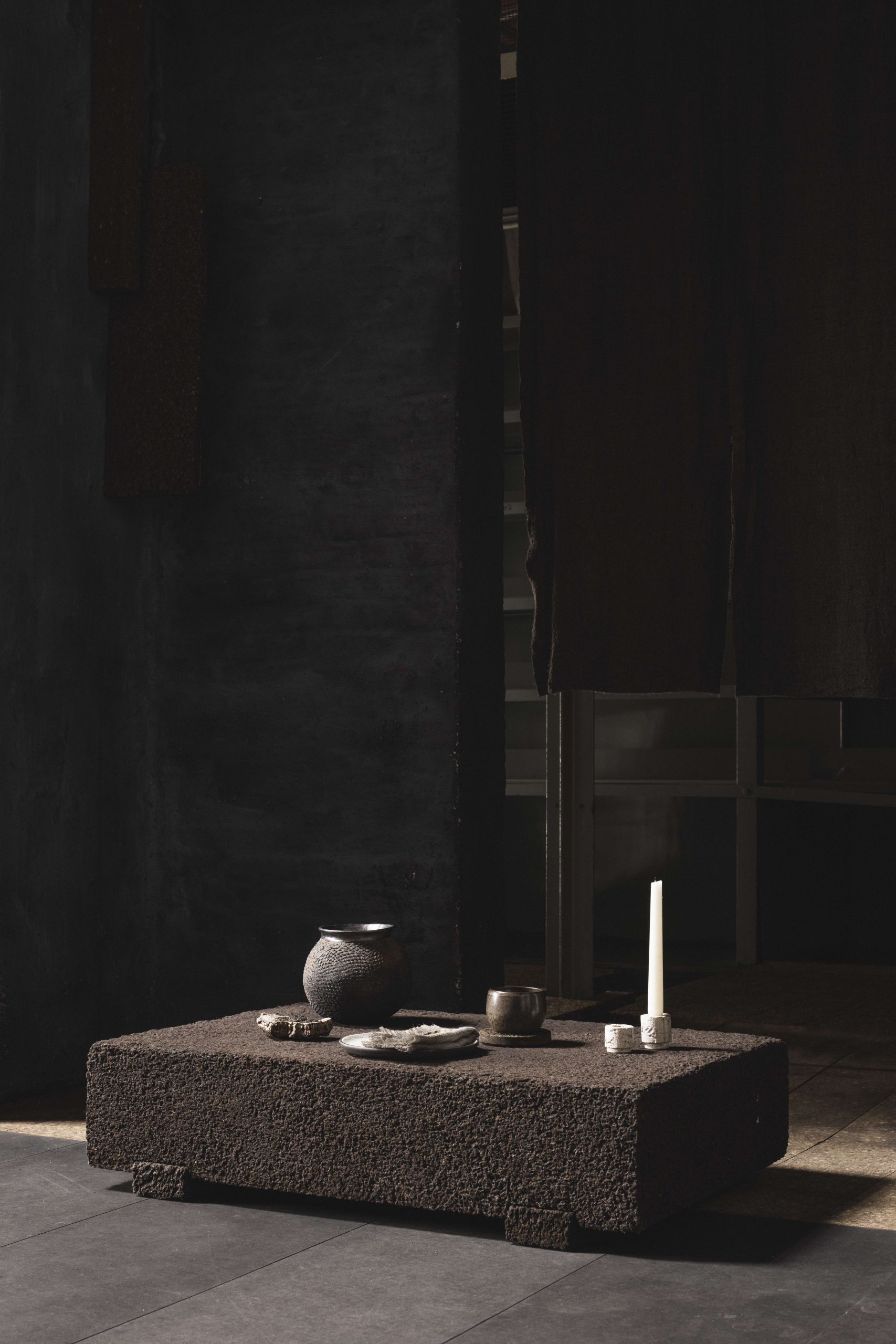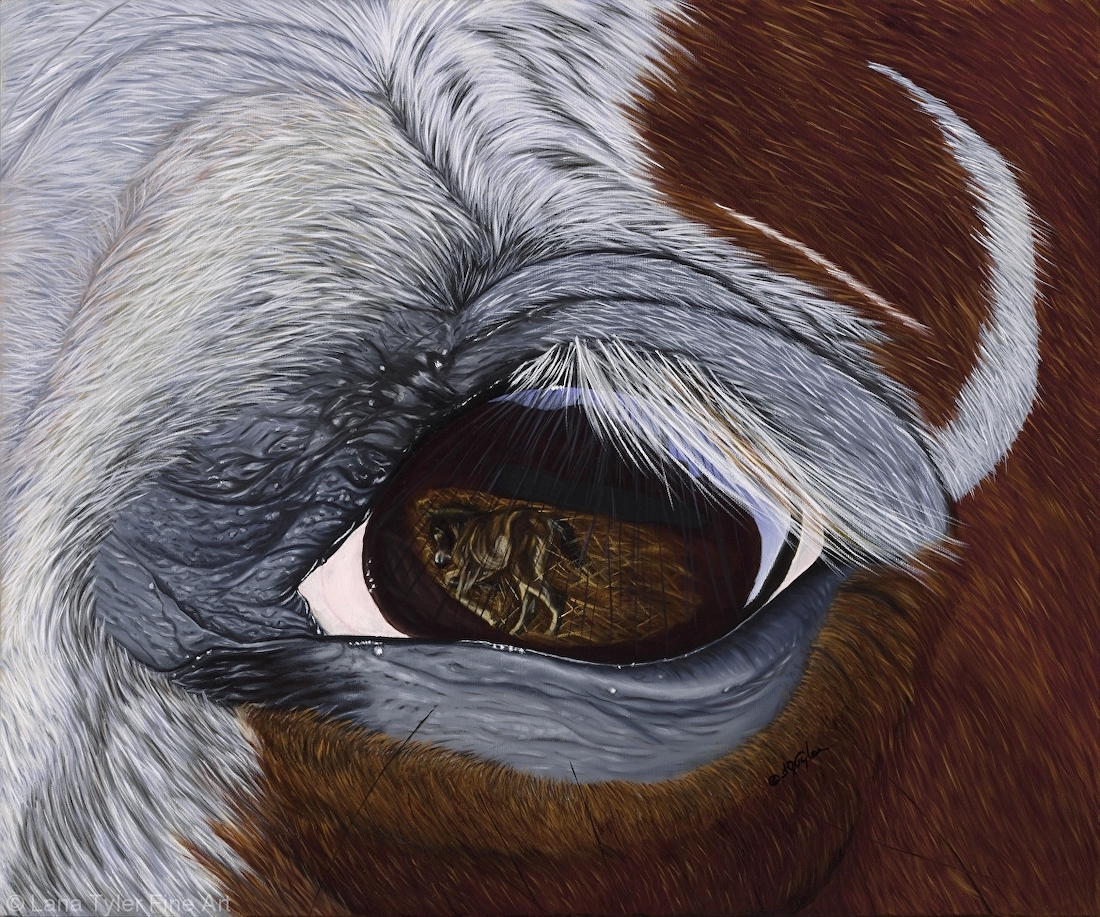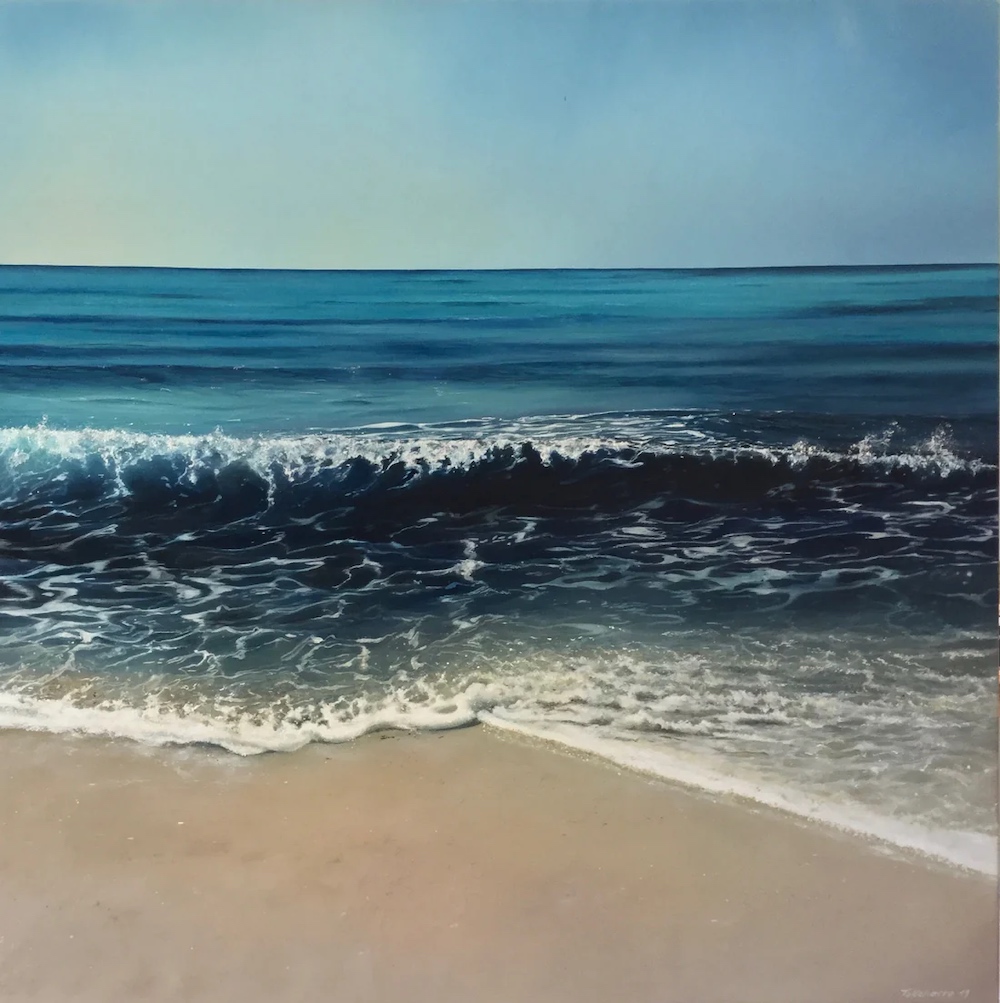A catalog of your art can be a snapshot of your career at a moment in time or a retrospective documenting your entire life’s work. With the advent of on-demand, inexpensive publishing, every artist should be using catalogs to...
The post Artist Catalogs: Why You Need Them, What to Include, and How to Use appeared first on Art Biz Success.




 ©Pamela Atkinson, Floating. Acrylic, 40 x 30 inches.
©Pamela Atkinson, Floating. Acrylic, 40 x 30 inches.












